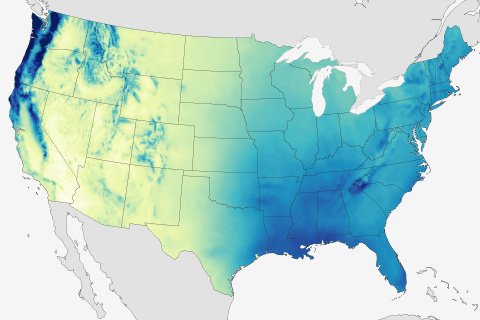
When it comes to what causes climate to vary over seemingly short distances, few things can compare to the influence of topography. This week in Beyond the Data, Jake Crouch talks about how climate scientists account for topography in interpreting climate patterns and trends.
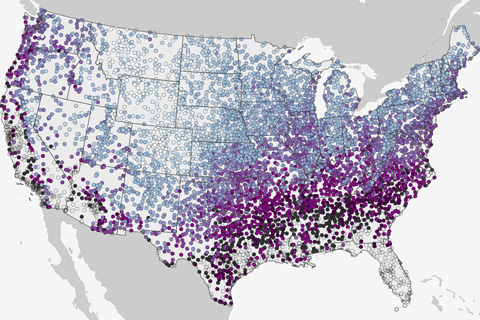
For those who are still waiting for winter's first snow, Deke Arndt blogs about using historical climate data to ballpark when it might arrive.
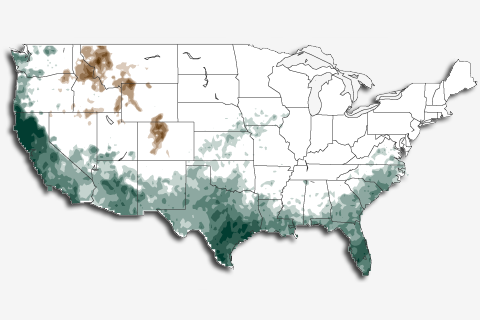
The peak of El Niño is expected to arrive soon after peak pumpkin spice latte season. What are some of the winter weather effects seen during past El Niños?
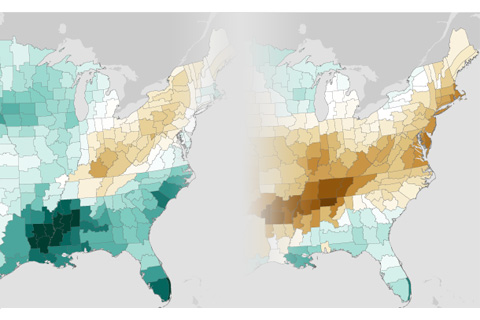
NCEI's Deke Arndt blogs about how El Niño—like an erratic bartender—doesn't always bring the country the seasonal climate we'd expect.
El Niño is a global phenomenon. Guest blogger Dr. Andrew Watkins shines some light on El Niño's impact across the world in Australia.
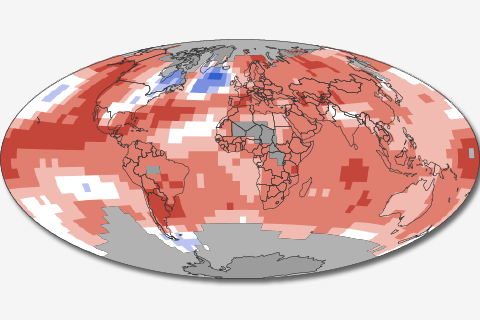
This week's bloggers use the historical record to generate 10,000 possible scenarios for the remainder of 2015. In 97% of them, 2015 sets a new record temperature.
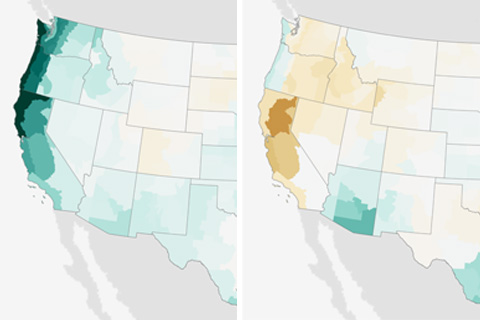
ENSO forecasters are predicting this El Niño will be a strong one. What does that mean?
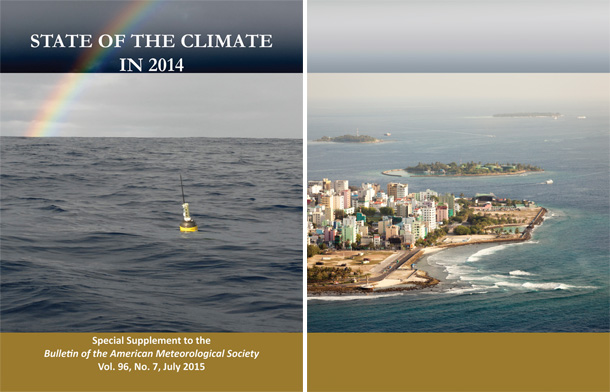
Part science expert, part ringmaster, Jessica Blunden shares the challenges and the value of putting together the State of the Climate report every year.
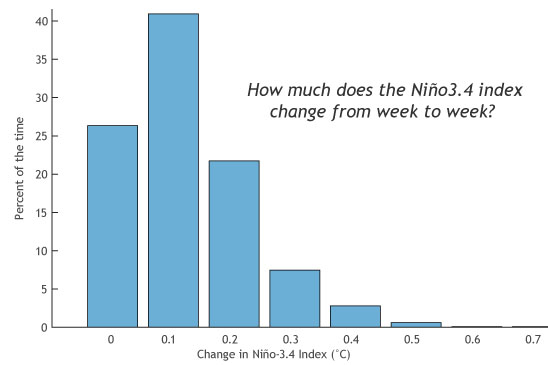
“El Niño is Strong!” “No, it’s Moderate!” “But the [insert your favorite ENSO indicator here] is the largest it’s been since the El Niño of 1997-98!”
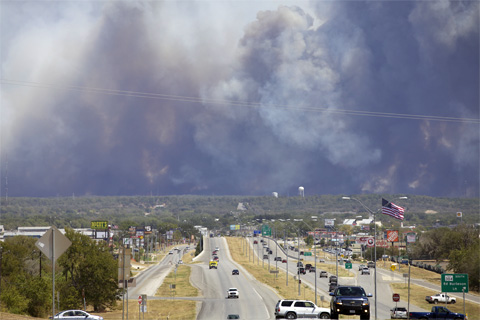
NCEI's Jake Crouch reflects on entering the field of climate monitoring during a historic drought in the Southern Plains.